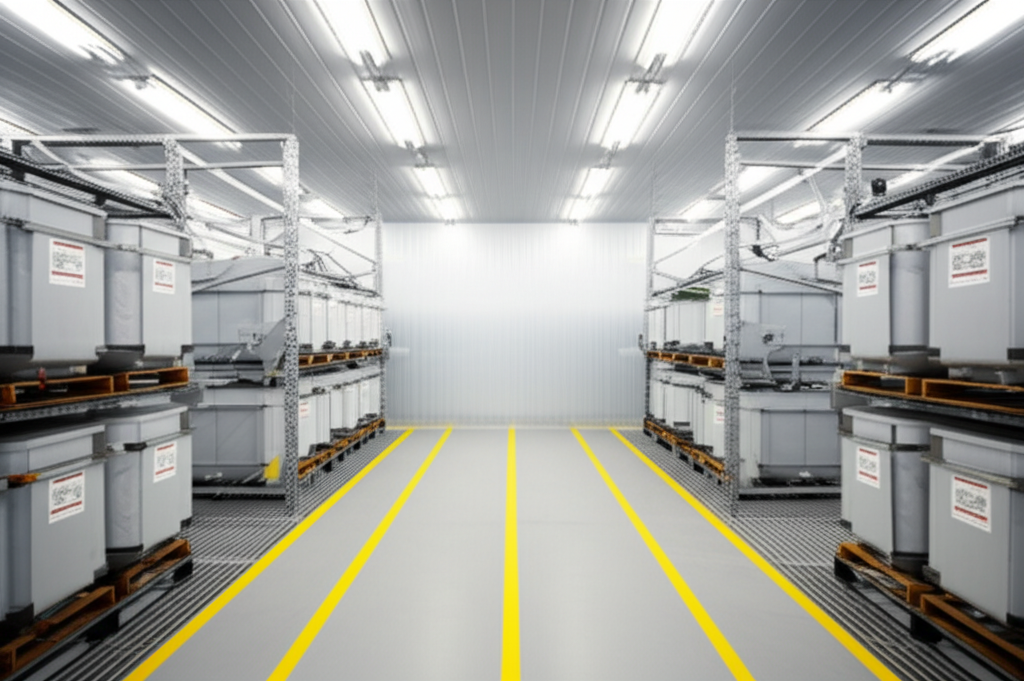Activated alumina, identified by CAS number 1344-28-1, stands as a cornerstone in various industrial processes requiring stringent moisture control and purification. This highly porous form of aluminum oxide (Al₂O₃) is engineered to exhibit exceptional adsorption properties, making it an indispensable desiccant and adsorbent across numerous sectors.
Characterized by its appearance as white, spherical beads or balls, activated alumina is favored for its physical integrity and chemical stability. It is non-toxic, odorless, and effectively insoluble in water and ethanol, ensuring its suitability in diverse environments, including those in contact with potable water sources for purification purposes. A critical attribute is its high mechanical strength, offering robust resistance to crushing and abrasion. This property is vital in applications where the material is subjected to significant pressure or flow dynamics within drying columns and reactors, minimizing dust generation and ensuring a long service life.
The core of activated alumina's performance lies in its intricate internal structure. Possessing a remarkably high specific surface area, typically exceeding 300 square meters per gram, and a substantial pore volume often greater than 0.40 ml/g, the material provides an extensive network of micropores. These pores act as highly effective sites for the adsorption of water molecules and other polar substances from gases and liquids. The process is primarily physical adsorption, where the strong affinity between the polar surface of the alumina and the polar molecules being adsorbed drives moisture removal, achieving very low dew points in treated streams.
Activated alumina is available in a range of precisely controlled particle sizes to meet specific application requirements. Common sizes include 1-3mm, 3-5mm, 4-6mm, and 5-8mm. The choice of particle size often involves balancing adsorption kinetics with pressure drop considerations within the system. For instance, smaller particles offer a larger external surface area per unit volume, potentially improving mass transfer rates, while larger particles result in lower pressure drops, which is crucial in high-flow gas drying applications like compressed air or natural gas dehydration. The 3-5mm size is frequently selected for its optimal balance of these factors.
The applications of activated alumina as a desiccant are widespread. It is critically used for drying compressed air to prevent condensation, corrosion, and freezing in pneumatic systems. In the natural gas industry, it is essential for dehydrating gas to meet pipeline specifications and prevent hydrate formation. It is also employed in the drying of various liquid hydrocarbons, refrigerants, and solvents. Beyond simple drying, activated alumina serves as an effective adsorbent for removing impurities such as fluoride, arsenic, and acidic components from water and industrial process streams, contributing significantly to environmental protection and product purity.
Furthermore, activated alumina is a valuable catalyst support due to its high surface area and thermal stability, providing a stable platform for depositing active catalytic phases in reactions such as hydrogen peroxide production, sulfur recovery via the Claus process, and various petrochemical conversions. Its properties also make it useful in chromatography for separating various substances.
Key technical specifications that define the quality and performance of activated alumina include its purity (typically ≥93% Al₂O₃), static adsorption capacity (indicating the amount of water adsorbed under standard conditions, often ≥18%), overall water absorption capability (frequently ≥50%), bulk density, and crushing strength (which varies significantly with particle size, for example, ≥130N for 3-5mm). Consistently meeting these specifications is paramount for reliable performance and operational longevity.

Proper handling and storage are important to maintain activated alumina's efficacy; it should always be stored in a dry environment in sealed containers to prevent premature adsorption of atmospheric moisture. Typical packaging includes 25kg woven bags, though bulk options may also be available.
For industries relying on efficient drying and purification processes, sourcing high-quality activated alumina is critical. Identifying a reputable manufacturer or experienced supplier is the first step in securing a consistent and reliable supply. The price of activated alumina can be influenced by factors such as purity level, particle size, order volume, packaging type, and transportation costs. Prospective buyers are encouraged to conduct due diligence, review product specifications carefully, and consider requesting samples to confirm quality before committing to a large purchase. Finding a trusted partner simplifies the procurement process for those looking to buy this essential industrial material.
In summary, activated alumina spheres offer a robust, versatile, and regenerable solution for a wide array of drying, purification, and catalytic support applications, underpinned by its unique structural and chemical properties.
Manufacturing Facilities






Professional Export Experience
to Global Customers

1. 20 years of R&D, manufacturing and sales experience, serving customers in 60 countries and regions around the world;
2. Own R&D laboratory, pilot platform and large-scale production workshop, which can meet the audit requirements of global customers;
3. We can satisfy customers' perfect transition from small scale lab requirements (gram level) to commercialization requirements (hundred tons level).
A: We don't have Minimum Order Quantity, exact quantity should be provided before quotation for us to calculate the exact cost.
A: We don't provide free samples due to lots of request and expensive international courier's cost, we can deduct the sample charge after commercial order placed.
A: Our payment terms: Small or sample order: T/T IN ADVANCE. Commercial order: First order should be by T/T IN ADVANCE or L/C at sight, and following orders T/T 30~90days is acceptable subject to approval of credit application.